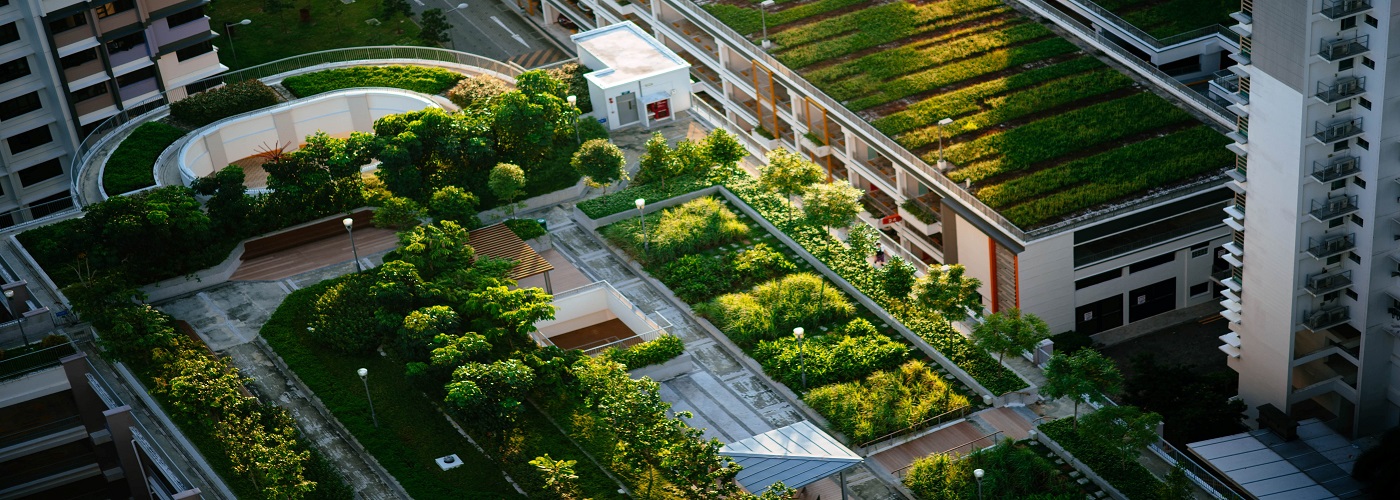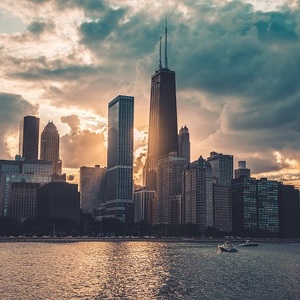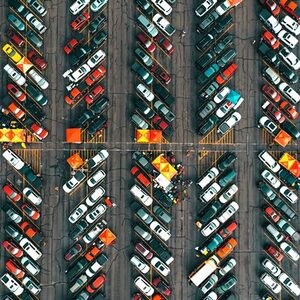

It’s a localized, man-made warming effect so pronounced that it can be measured even by weather satellites in orbit. Called the urban heat island, as it primarily affects major cities and urban areas, this effect is caused by the concentration of materials such as concrete and asphalt which absorb and retain more of the sun’s energy as heat, preventing urban areas from cooling off as much as surrounding rural areas, especially at night. Now these same satellites are being used by climate scientists at NASA’s Goddard Institute for Space Studies (GISS) in New York to evaluate how successful certain mitigation methods are at reducing the urban heat island effect.
One of the major contributors to the urban heat island effect comes from dark colored roofing material. This material tends to have a low albedo, meaning that it absorbs the sun’s radiation effectively, but does a poor job of reflecting it away again, thus retaining this solar radiation as heat. On the other hand, vegetation, like grass and trees, has a higher albedo, so those surfaces reflect away more of the solar radiation during the day, thereby retaining less heat at night. That’s why one of the practices currently used to help cut down on the urban heat island effect is creating green roofs, where buildings are topped with plant cover.
The GISS team used imagery from the Landsat 5 satellite between the years 1990 to 2011 to evaluate three sites that have employed green roofs around the city of Chicago. The site that prevented the most urban heat island warming was Millennium Park, which installed a green roof in 2004 consisting of a diverse mixture of plants and trees. City Hall had its green roof installed in 2002 and showed some cooling effect initially compared to nearby non-green roof locations, but also experienced some warming near the end of the study period. The third Walmart site, while it also had a diverse mixture of plants as part of its green roof, the conversion of the previous vacant, grassy lot into the green-roofed store and parking lot actually decreased the total amount of vegetation cover at the site. Thus, while the store’s green roof did help to offset some of the heat of the parking lot and that of the building, there still was a net warming compared to the overgrown, undeveloped original lot.

